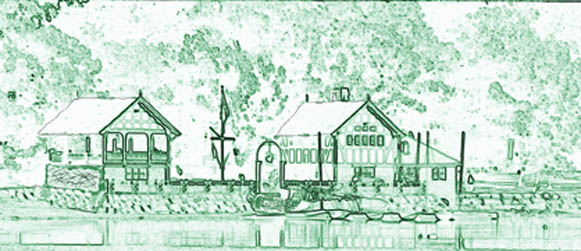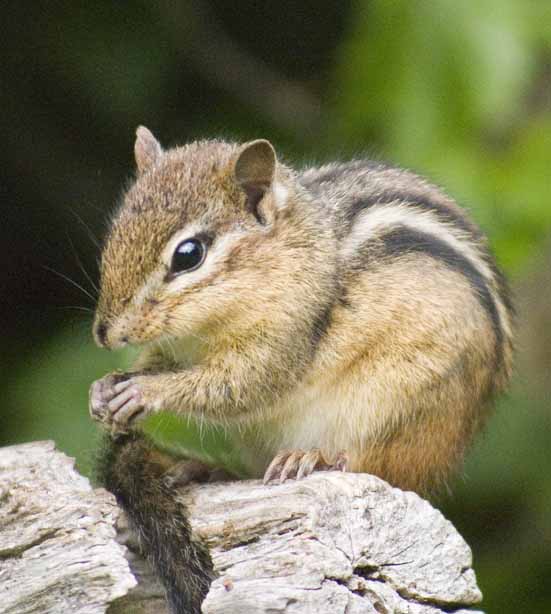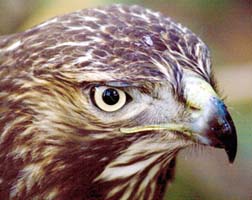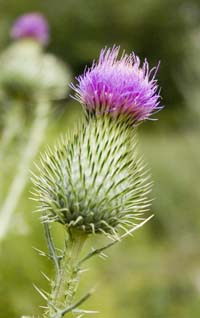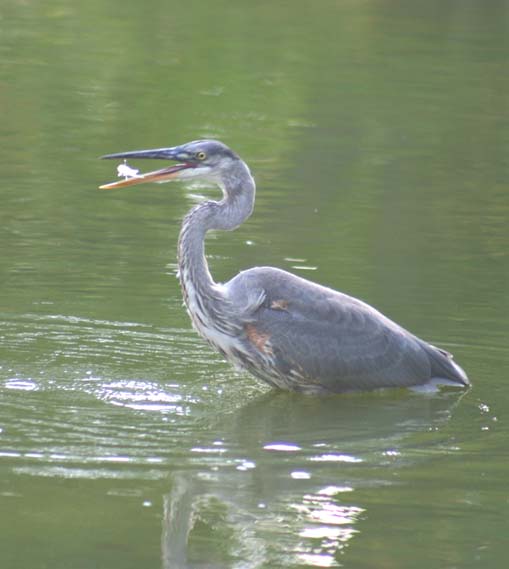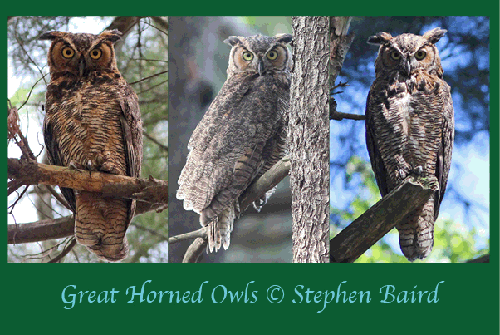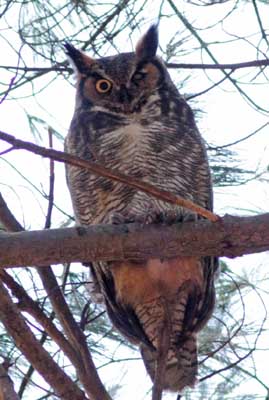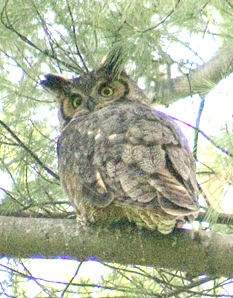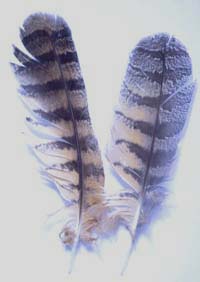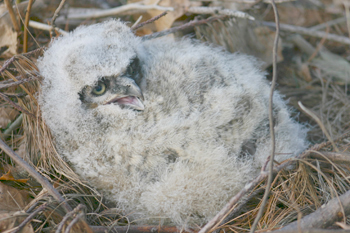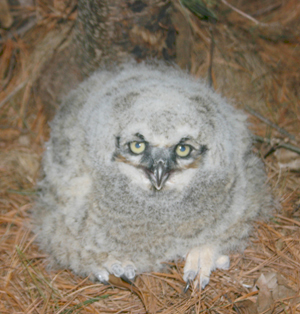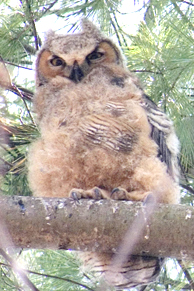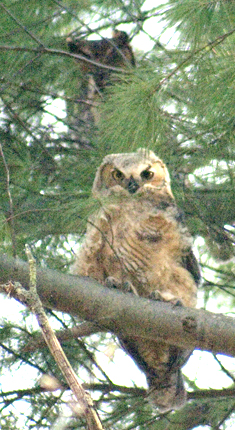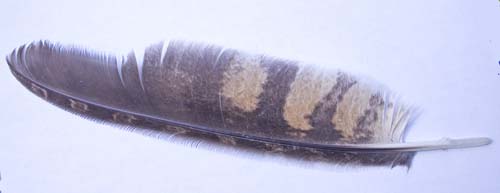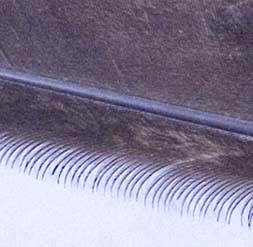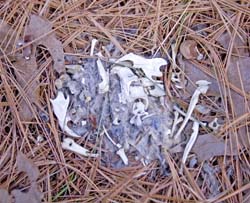|
FRIENDS OF JAMAICA POND 36 Perkins St., PO Box 300040, Jamaica Plain, MA 02130-0030 Gerry Wright, Founder and President Telephone:
617-524-7070 Email: FrederickLawOlmsted@yahoo.com TTY/MA
RELAY 800-439-2370 |
||||||||||||
|
|
||||||||||||
 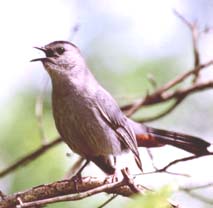  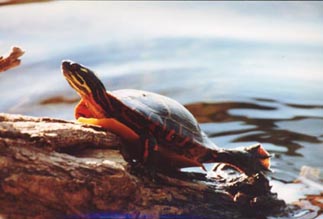 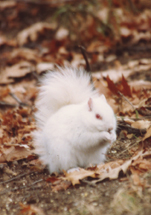 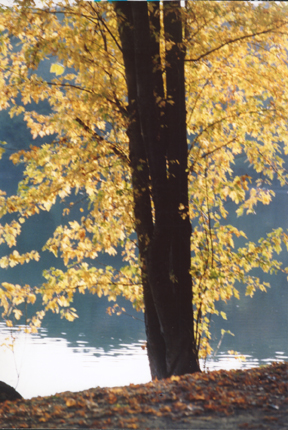
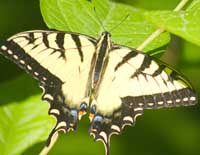 "Let it be not for present use and delight alone, but let it be of such a work that our descendents will thank us for it." Frederick Law Olmsted |
Environmental Emerald
Necklace Fungi (Coming Soon) Boston's
Emerald Necklace Great
Horned Owls by Stephen Baird Great
Horned Owls are fairly
common and can be heard and seen in Franklin Park, Forest Hills
Cemetery, Arnold Arboretum, Jamaica Pond and some back yards.
They are hard to find because Great Horned Owls are
nocturnal. Golf courses, meadows with old forest
oaks and white pine groves are favorite habitats. Owls
often sleep in pine trees during the day to stay hidden from crows and blue jays that
will harrass them. So if you see and hear a group of crows and blue jays frantically
calling... the crows and blue jays could be doing their best to scare off a hawk or a
Great Horned Owl...
Great Horned
Owl - Bubo virginianus Note 2008:
A male owl which I nicknamed "Ben Franklin" had multiple nests in
Franklin Park, Forest Hills Cemetery, and Arnold Arboretum for many
years. It was killed by a car, one of the leading causes for
Great Horned Owl deaths, on December 26, 2008 on the Arborway near the
Arboretum. It was captured in Arnold Arboretum and brought
to Tufts University Veterinary School, but died upon arrival from the
injuries. I had watched Ben mate with a new Ms. Franklin during
my Christmas bird walk the day before in Franklin Park. Ms.
Franklin stayed in the area for a few weeks, but has not been seen since.
Will have to wait for a new male to claim the territory to hear
the evening song "hooo
hohoo hooo hooo." 2012-2014
Update: A one-eyed owl has nested in Forest Hills Cemetery in Jamaica
Plain the past few years. Mass Audubon brought orphaned owlets for it
to take care of in the past. Owls also nest in Franklin Park and Arnold
Arboretum. One-eyed owls survive in the wild because they primarily
hunt through sound and are released when found by Tufts Veterinary
School. Tufted head feathers that look like horns or cat ears easily
identify Great Horned Owls. A rusty colored eye patch surrounds
the yellow eyes plus the white whisker feathers give it the classic owl
look. The rusty molted brown back and tail feathers camouflages
the owl to blend into the bark of trees. Young owls are gray-white
downey feather fluff balls with big eyes and big feat. There
were high wind storms in February 2007 that blew down several owl nests
in Franklin Park and Forest Hills Cemetery. I also photographed
an owlet while it fledged and learned to fly during the winter of 2007.
The last photo shows an adult owl on watch in the background.
Great Horned Owls aggressively defend their young. Click on
images to see larger versions. Adult birds grow to 18 inches to 28
inches in size with a 4-foot wingspan and weigh 2-3 pounds. The female
is
larger than the male. Life span is 5-15 years in the wild. The Great Horned Owl song is "hooo
hohoo hooo hooo." The female has a higher pitch song. Young
owl calls are a "screech." Great Horned Owls regularly nest in Arnold Arboretum, Forest
Hills
Cemetery and Franklin Park plus Cedar Grove Cemetery. They conduct
courtship during November and December by exchanging songs. Owls
usually lay 2 white eggs in former crow, jay, hawk or squirrel nests in
January. The incubation by both male and female owls lasts around 30
days and eggs hatch in February. Young owls venture from the next in
4-5 weeks and can be seen branch hopping or even on the ground. Owlets
will learn to fly from 6-10 weeks and may stay with adult owls till
October. Squirrels, rabbits, snakes, birds,
insects, frogs, occasional cats and most anything that moves are food
for Great Horned Owls. Majority of foods up to 95 percent are rodents -
rats, mice, voles, moles. They hunt at night, but can be active at
dusk or dawn. Great Horned Owl wing feather above and Canada Goose wing
feather below. Secret to Great Horned Owls' silent flight: Notice the Great Horned Owl's wing feathers leading edge is
fringed. See the close up photograph below. Compare that to the Canda
Goose's wing feather which is not fringed. The fringe on the
owl's wing feathers disperses and softens the wind resistence to make
the owl's flight silent as it glides. Other bird's wing feathers
which are not fringed will often whistle during rapid wing beats. Fringed leading edge of a Great Horned Owl wing feather. BBC Nature report on silent flight of owls here Fun Facts:
References and Links USDA Forest Service web page with
detailed Great Horned Owl research information HERE USGS bird indentification and breeding
atlas Great Horned Owl web page: HERE
( Gough, G.A., Sauer, J.R., Iliff, M. Patuxent Bird Identification
Infocenter. 1998. Version 97.1. Patuxent Wildlife Research Center,
Laurel, MD) Cornell University's
Ornithology Department on line field guide page on Great Horned Owls
with sample song clip HERE University of Michigan site
on Great Horned Owl with sound clips HERE 36
Perkins St., PO Box
300040, Jamaica Plain, MA 02130-0030 Gerry Wright, Founder
and
President Telephone:
617-524-7070 Email: FrederickLawOlmsted@yahoo.com TTY/MA
RELAY 800-439-2370
Class Room:
Education
Projects
